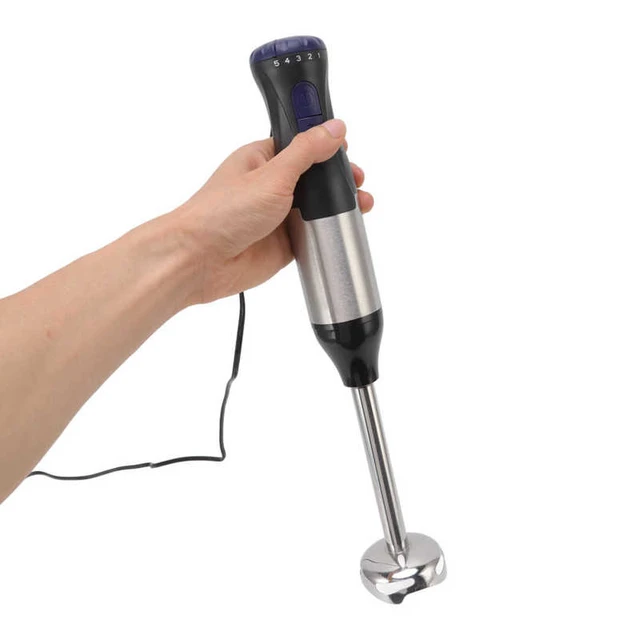
Introduction
Many individuals enjoy experimenting with frozen treats and creating new culinary delights. One question that often arises is whether it is possible to put frozen ice cream in a blender. In this guide, we will explore the feasibility of blending ice cream and discuss the potential outcomes and considerations involved. From the type of blender to the consistency of the ice cream, we will provide specific information to help individuals determine if putting frozen ice cream in a blender is a viable option for their desired culinary creations.
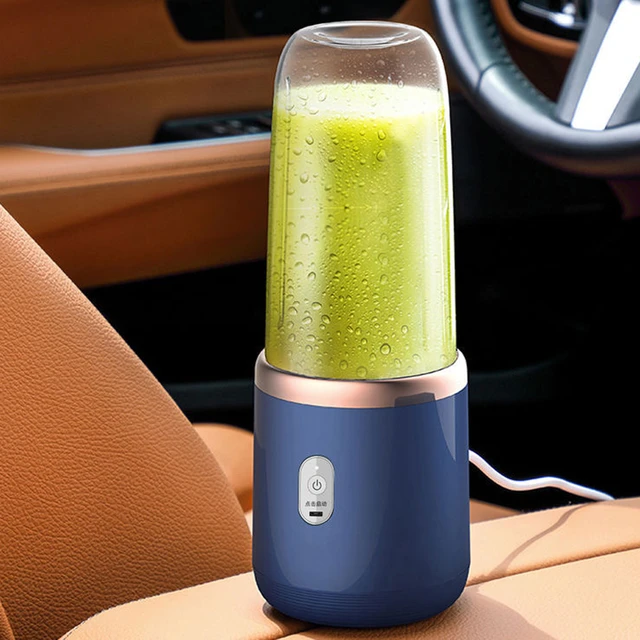
Can I put frozen ice cream in a blender?
Blender Types and Capabilities
1.1. Blender Power and Strength
Different blenders have varying power and strength, which can affect their ability to handle frozen ingredients. High-performance blenders with powerful motors and sharp blades are generally more suitable for blending frozen treats.
1.2. Blade Design
Consider the blade design of your blender. Some blenders have specifically designed blades to crush and blend frozen ingredients more effectively. Blades with strong cutting edges and sturdy construction are beneficial when working with frozen ice cream.
1.3. Blender Capacity
Ensure your blender has sufficient capacity to accommodate the desired amount of ice cream. Overfilling the blender can lead to uneven blending and strain on the motor.
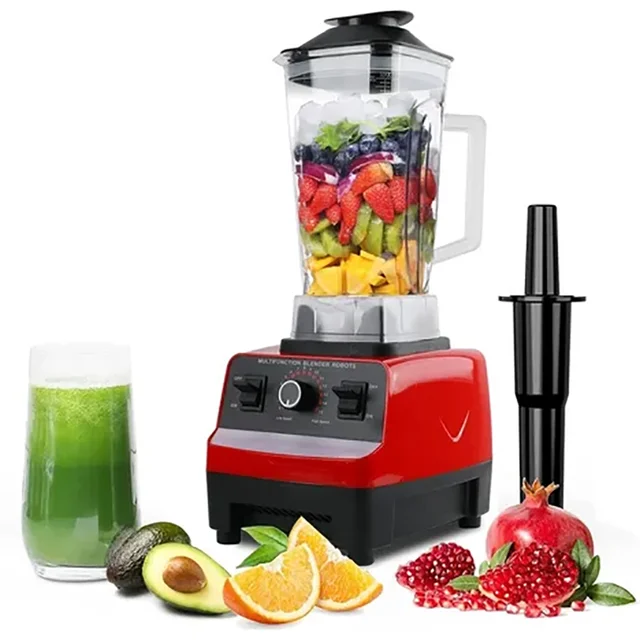
Consistency of the Ice Cream
2.1. Softened Ice Cream
Allowing the ice cream to soften slightly before blending can make the process easier. Softened ice cream will be more malleable and blend more smoothly, reducing the strain on the blender’s motor and reducing the risk of damaging the blades.
2.2. Hard Frozen Ice Cream
If you prefer a thicker, creamier texture, blending hard frozen ice cream is possible but may require a more powerful blender. Hard ice cream will put additional strain on the blender’s motor and may take longer to achieve the desired consistency.
Steps for Blending Ice Cream
3.1. Preparation
Start by placing the desired amount of ice cream into the blender jar. If the ice cream is too hard, allow it to soften slightly at room temperature or microwave it for a few seconds to make it more manageable.
3.2. Gradual Blending
Begin blending the ice cream at a low speed to break it down gradually. Continue blending, increasing the speed gradually until the desired consistency is achieved. Pause occasionally to scrape down the sides of the blender jar to ensure even blending.
3.3. Adding Mix-ins
If you wish to incorporate mix-ins such as cookies, chocolate chips, or fruit into your blended ice cream, add them towards the end of the blending process. Blend for a few additional seconds to distribute the mix-ins evenly.
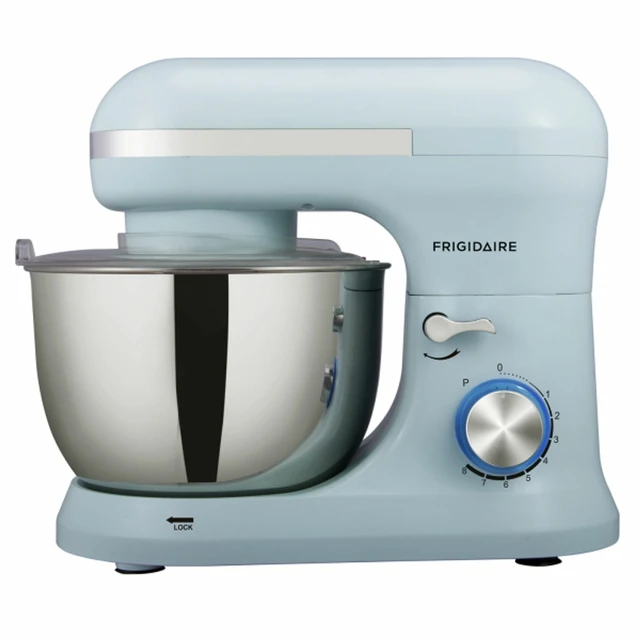
Potential Challenges and Considerations
4.1. Strain on the Blender Motor
Blending hard frozen ice cream can put strain on the motor of some blenders, especially those with lower power or weaker blades. Excessive strain can cause the motor to overheat or the blades to become damaged. Be mindful of the capabilities of your blender and avoid overworking it.
4.2. Ice Cream Consistency
The consistency of the ice cream may vary depending on the blending time and power of the blender. Over-blending can result in a softer, more melted consistency, while under-blending may leave chunks of ice cream intact. Experimentation and adjusting the blending time can help achieve the desired texture.
4.3. Temperature Control
Blending ice cream generates heat due to the friction of the blades. This can lead to the ice cream melting more quickly, resulting in a softer consistency. If you prefer a firmer texture, consider chilling the blender jar or the ice cream itself before blending.
Alternative Methods
5.1. Pre-chilled Ingredients
An alternative method to blending frozen ice cream is to pre-chill the ingredients before blending. Place the ice cream in the refrigerator for a period to soften it slightly. This reduces the strain on the blender and can result in a smoother blending process.
5.2. Partially Thawed Ice Cream
Allowing the ice cream to thaw partially in the refrigerator before blending can make it easier to achieve a smooth consistency. Partially thawed ice cream is softer and more malleable, reducing the strain on the blender’s motor.
Creative Ice Cream Blending Ideas
6.1. Milkshakes and Smoothies
Blending ice cream with milk and other ingredients can create delicious milkshakes or smoothies. Experiment with different flavors, fruits, and mix-ins to customize your creations.
6.2. Ice Cream Floats
Combine blended ice cream with soda or sparkling water to make refreshing ice cream floats. The blender can help incorporate the ice cream and create a frothy, fizzy drink.
6.3. Frozen Desserts
Blending ice cream with other frozen desserts, such as frozen fruits or yogurt, can result in delectable frozen treats. Explore recipes for homemade ice cream sandwiches, ice cream cakes, or layered ice cream desserts.
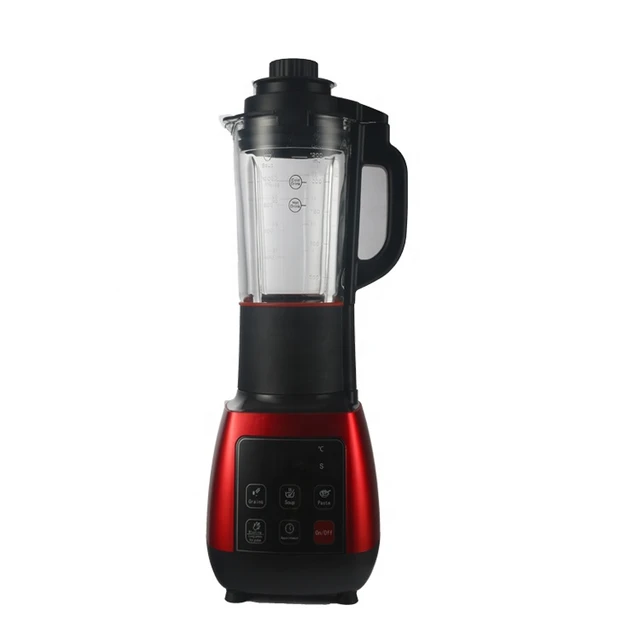
Cleaning and Maintenance
8.1. Cleaning the Blender
After blending ice cream, it is essential to clean the blender thoroughly. Disassemble any removable parts and rinse them with warm water and mild dish soap. Use a soft brush or sponge to remove any residue or stickiness from the blades and blender jar. Rinse everything thoroughly and allow it to air dry before reassembling.
8.2. Removing Lingering Odors
Blending ice cream flavors with strong odors, such as mint or garlic, can leave lingering smells in the blender. To remove these odors, blend a mixture of warm water and baking soda or vinegar in the blender for a few seconds. Rinse thoroughly afterward to eliminate any residual odor.
8.3. Regular Maintenance
To keep your blender in good working condition, follow the manufacturer’s recommendations for regular maintenance. This may include periodically checking and tightening any loose screws or bolts, lubricating the blades if necessary, and ensuring all parts are clean and free from debris.
Safety Precautions
9.1. Blender Safety
When using a blender, it is important to follow basic safety precautions. Always read and adhere to the manufacturer’s instructions and guidelines. Ensure the blender is placed on a stable, flat surface and that the lid is securely in place before blending. Avoid immersing the base of the blender in water or other liquids.
9.2. Avoid Overblending
Blending ice cream for extended periods or repeatedly blending hard frozen ice cream can strain the motor and potentially cause overheating or damage. It is advisable to monitor the blending process and avoid overworking the blender to prevent any safety hazards.
9.3. Child Safety
If children are present, ensure they are supervised and kept away from the blender during operation. Educate them about the potential dangers of operating or handling blenders and keep all blender components out of their reach.

Conclusion
Blending frozen ice cream in a blender is feasible, but the outcome depends on various factors such as the type of blender, ice cream consistency, and desired texture. Higher-powered blenders with robust blades are generally better suited for blending frozen treats. Softening the ice cream slightly or using pre-chilled ingredients can make the blending process smoother. It is important to be mindful of the strain on the blender’s motor and adjust the blending time to achieve the desired consistency. By considering the capabilities of your blender and experimenting with different techniques, you can create delicious blended ice cream treats, milkshakes, floats, and more. Enjoy the freedom to explore your culinary creativity and indulge in frozen delights.